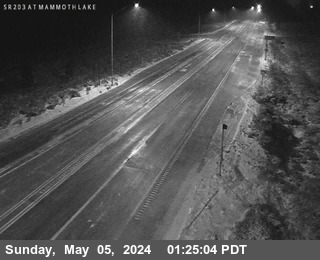Brought to you by Howard Sheckter
Archive for year 2017
Chilly Upper Low was exiting the Sierra Crest this mid-morning while wrap around precip began….a few more inches is possible this morning……Short wave ridging is on the move and will build over the top of us tonight for a fair day Tuesday…..Next possible storm this weekend….
Monday November 27, 2017
No surprises this morning as storm worked out pretty much as the Dweebs planned. That is about 12 inches at the Main Lodge and about 18 to 20 inches over the crest. Amounts in town for the most part will be in the 3 to 6 inches range, give or take an inch or so…
Today weather reflects the upper circulation center exiting along the border of the Southern and Central Sierra with a short period of upslope today then clearing tonight. High temps today will be in the mid to upper 30s with lows in the teens and tomorrow a seasonal 44 degrees. It will remain windy over the crest today with diminishing winds tonight. The next upstream system will split with no more than clouds, upper level winds and a little more cooling. Earlier there was some suggestion that a cut off low might form and remain off the Southern CA coast Wednesday. That in itself would have no effect upon Mammoths Weather. However it might enhance the next upstream system possible for next weekend by adding some moisture to it. At the moment, that system seem to be taking a more northerly path.
Pattern going into December for a week or two and beyond: (Winter Outlook)
Beyond next weekends storm, the pattern really amplifies with a very sharp ridge pushing up into the Arctic, near the west coast. In fact, there is so much blocking developing over Canada, the CONUS will have quite the cold stormy pattern developing. The central west coast looks pretty dry with only weak systems to watch. We will have to wait and see where this ridge sets up at. It may be a full latitude “top heavy” west coast ridge.
As a weather lover, I am not as excited about this winter as last from what I have seen so far. The biggest influence upon this winter over last winter is both the QBO and ENSO. ENSO is in a little stronger La Nina mode and may become moderate at some point later this year. The Quasi Biannual Oscillation has shifted negative as the stratospheric winds above the equator that were in the positive mode, “West to East” last winter, to the reverse “East to West” this winter. This will have a profound effect upon this winter by forcing a deeper PV Eastern Low further south. That usually makes for a more persistent west coast ridge at times, with a frequent -NAO and -AO. So more of the cold air drops out of the arctic to the east of us rather via the Eastern GofA and western Canada. Thus the West Coast is likely to have more frequent +PNA teleconnection patterns this winter. The persistent strong zonal jet across the north Central Pacific is not likely to be a persistent feature this winter as a comparison to last winter. About the only teleconnecting anomaly that is in our favor is the warm SSTA pool in the Bering Sea. If the Bering Sea was cool, I believe that we would remain ridged up more often than not, a good part of the winter.
The PDO is still in the cool phase, that argues for troughing along the west coast so there are some positive teleconnections that are working for us this winter. However, the over lying base state of a somewhat stronger La Nina and the -phase of the QBO will be both fighting/weakening west coast storms more often than not for the “Central and Southern West Coast” this winter. There will be several storms that will split and weaken that will be forecasted to be stronger. As a result, This may not be as fun a winter to forecast from a distance, as long range forecasts will not be as reliable as compared to last winter.
The MJO will be our friend this winter as stronger phase space (RIMM) incursions from the Indian Ocean into the Western Pacific then Central Pacific will help to break down or retrograde stagnant, large scale blocky hemispheric patterns, that may develop for the winter of 2017/2018.
More Later………………..>>
Dr Howard and the Dweebs………………………….:-)




